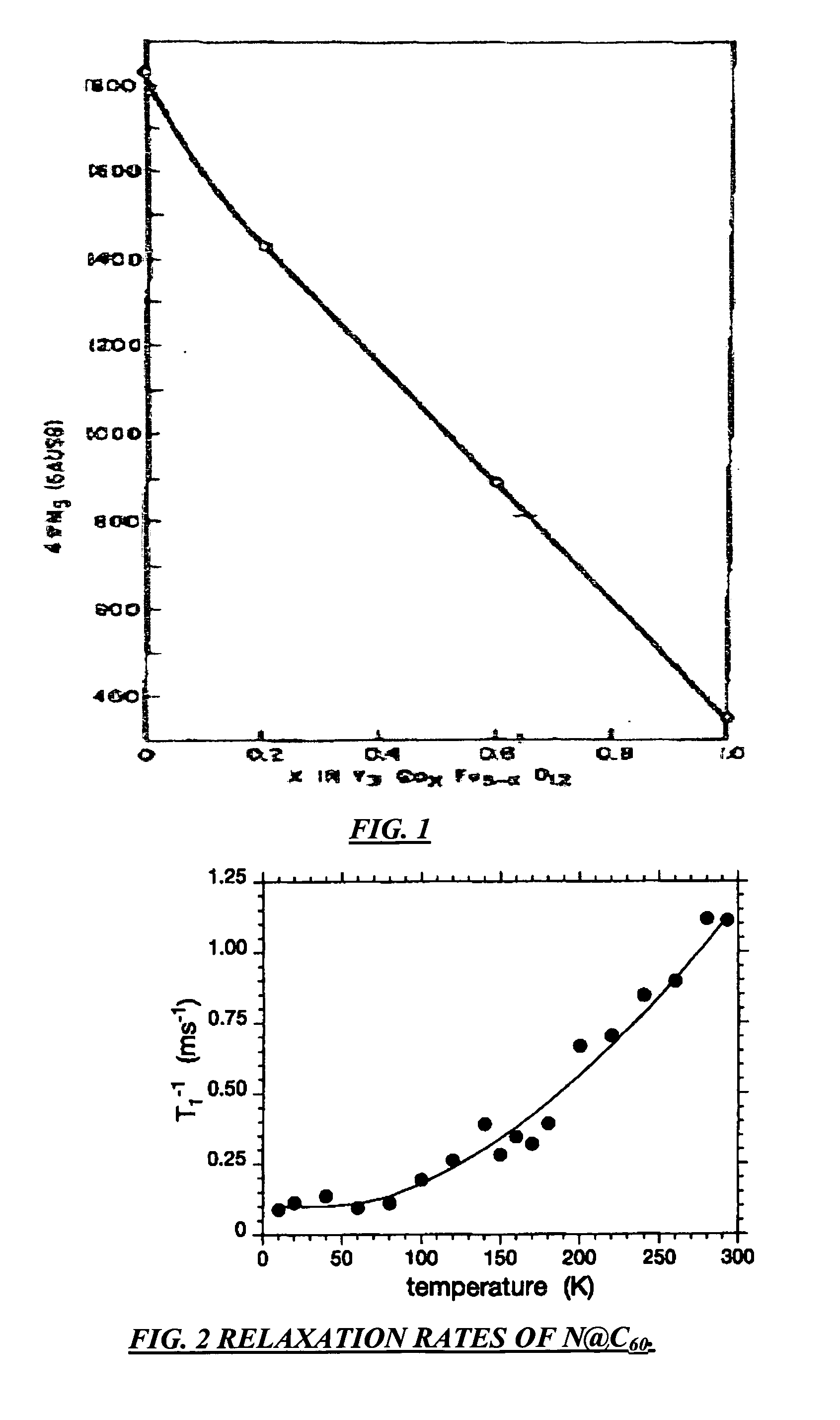Intracellular thermal ablation using nano-particle electron spin resonance heating
a thermal ablation technology, applied in the field of intracellular thermal ablation using nano-particle electron spin resonance heating, can solve the problems of difficult selective heating of those regions and difficult rht apas, and achieve the most reliable and sensitive results, the effect of reducing the magnetic field and reducing the cos
- Summary
- Abstract
- Description
- Claims
- Application Information
AI Technical Summary
Benefits of technology
Problems solved by technology
Method used
Image
Examples
Embodiment Construction
2. Cellular Uptake and Intracellular Thermal Heating
[0058] Gordon et al in 1979 proposed an “intracellular” approach for thermal heating using magnetic nano-particles (2-6 nm) as heating media [8]. It was found that nano-particles were predominately (specifically) ingested by the cancer cells rather than by normal cells. This observation was further confirmed in later studies by Jordon et al. [9]. The specific uptake of magnetic nano-particles by cancer cells raised the potential for specific killing of cancer cells. It was further suggested by Gordon et al. (with a certain degree of evidence), that observed effect was due to that cell membranes shield the heat from conducting to the normal cells during electromagnetic field heating (later attributed to “Néel Heating” mechanism).
[0059] Over the past two decades, hyperthermia techniques based on this kind of super-paramagnetic (SPM) nanoparticles (nano-size single domain magnetic particles) have been extensively studied 19, 12-171...
PUM
 Login to View More
Login to View More Abstract
Description
Claims
Application Information
 Login to View More
Login to View More - R&D
- Intellectual Property
- Life Sciences
- Materials
- Tech Scout
- Unparalleled Data Quality
- Higher Quality Content
- 60% Fewer Hallucinations
Browse by: Latest US Patents, China's latest patents, Technical Efficacy Thesaurus, Application Domain, Technology Topic, Popular Technical Reports.
© 2025 PatSnap. All rights reserved.Legal|Privacy policy|Modern Slavery Act Transparency Statement|Sitemap|About US| Contact US: help@patsnap.com



